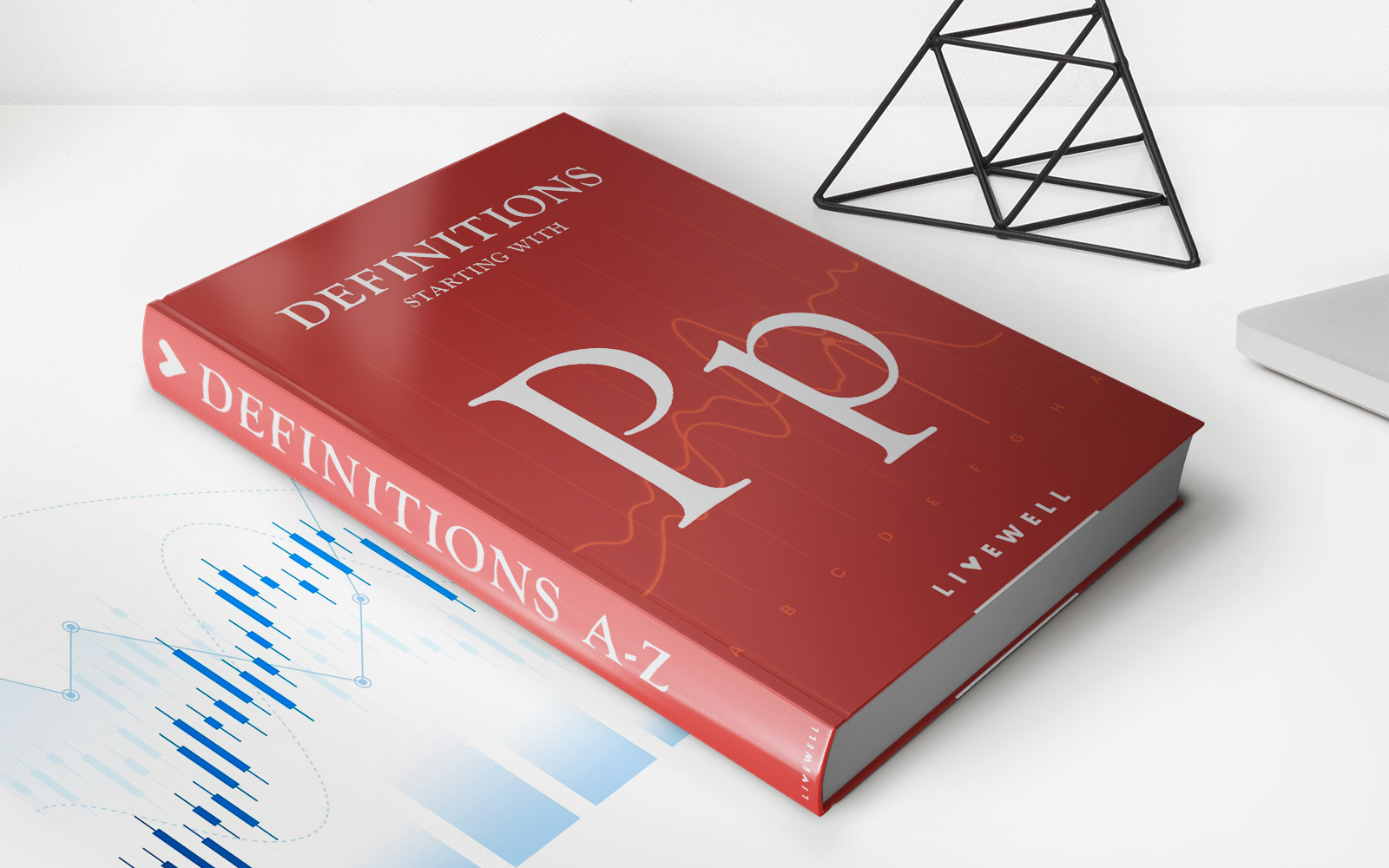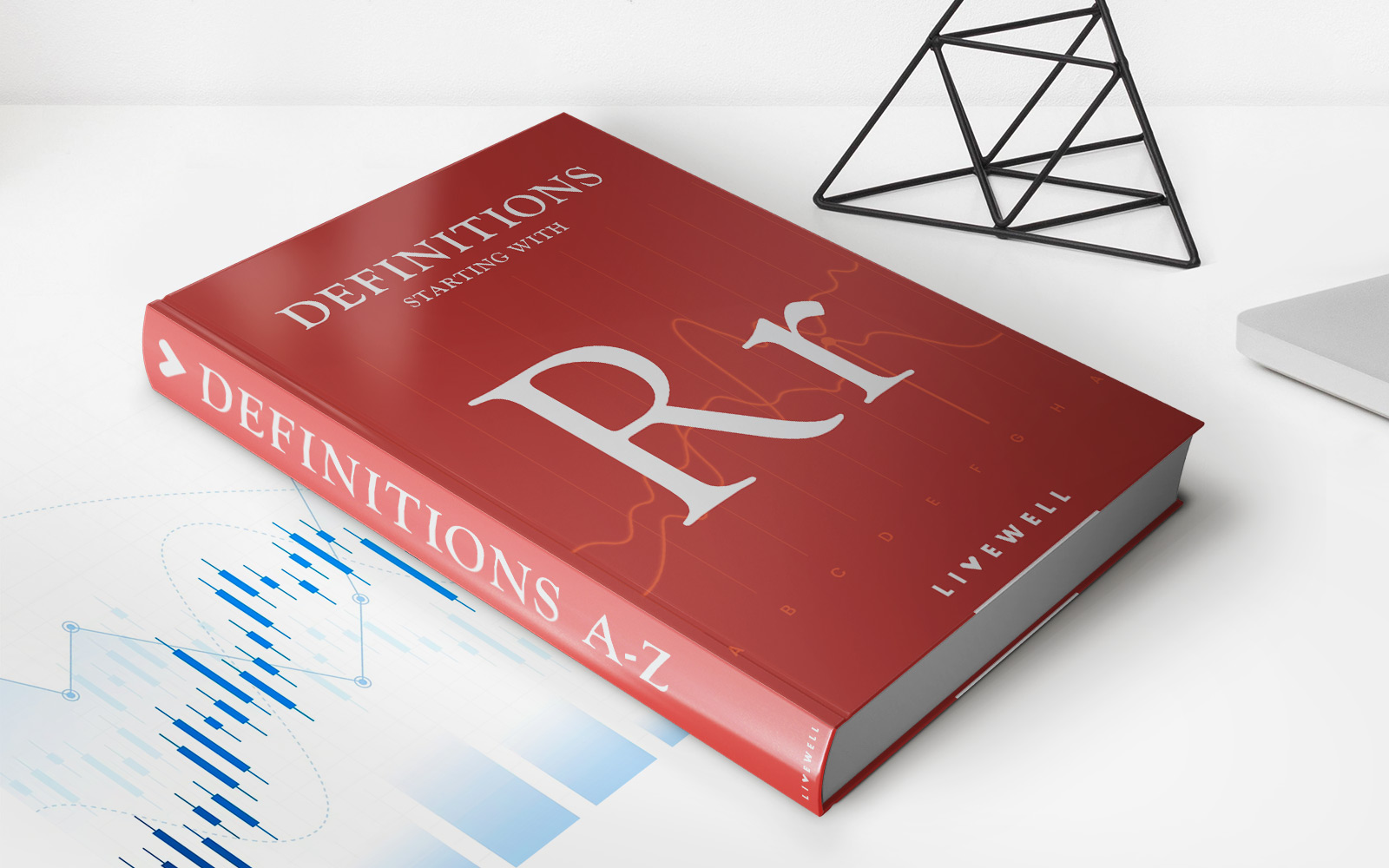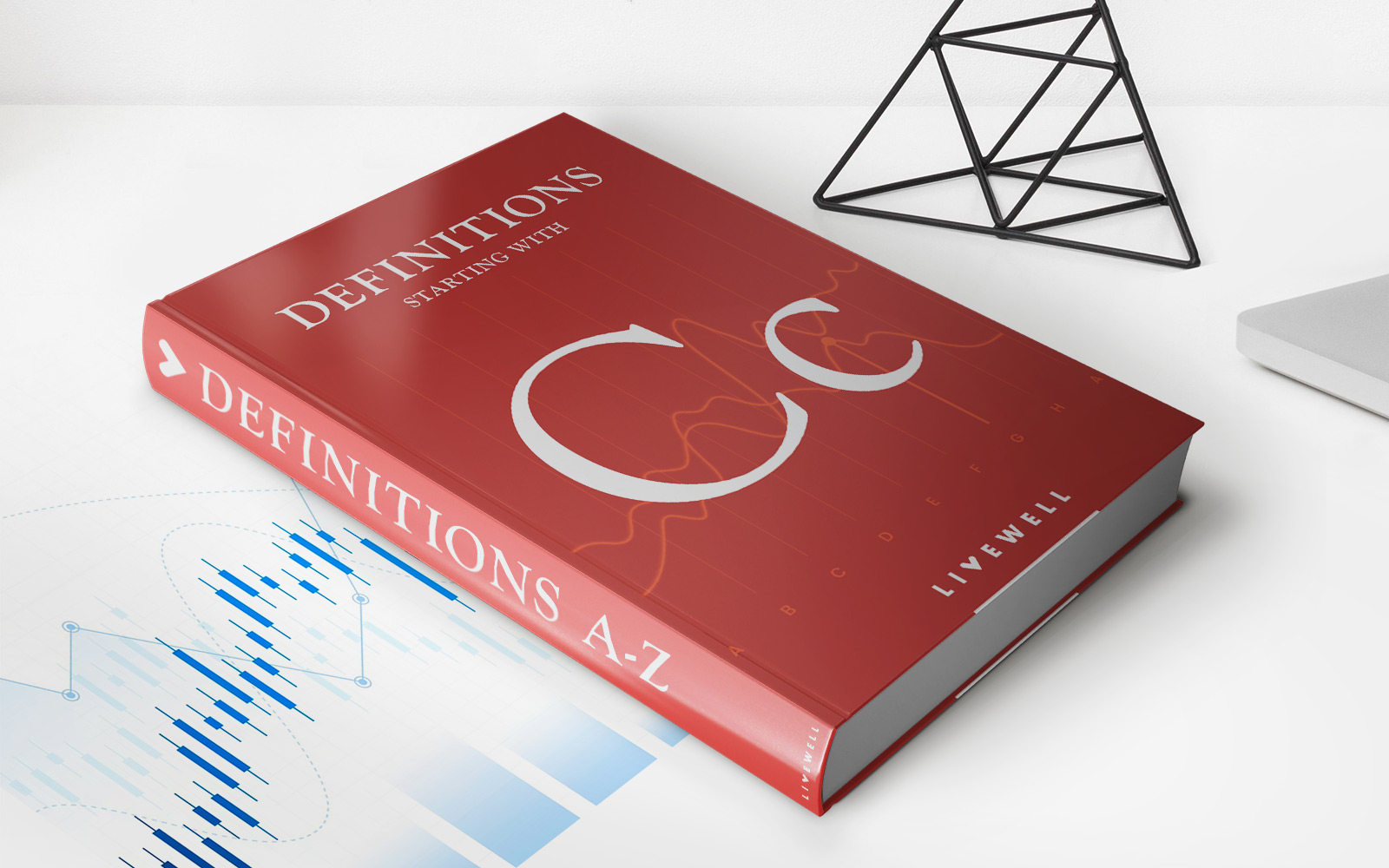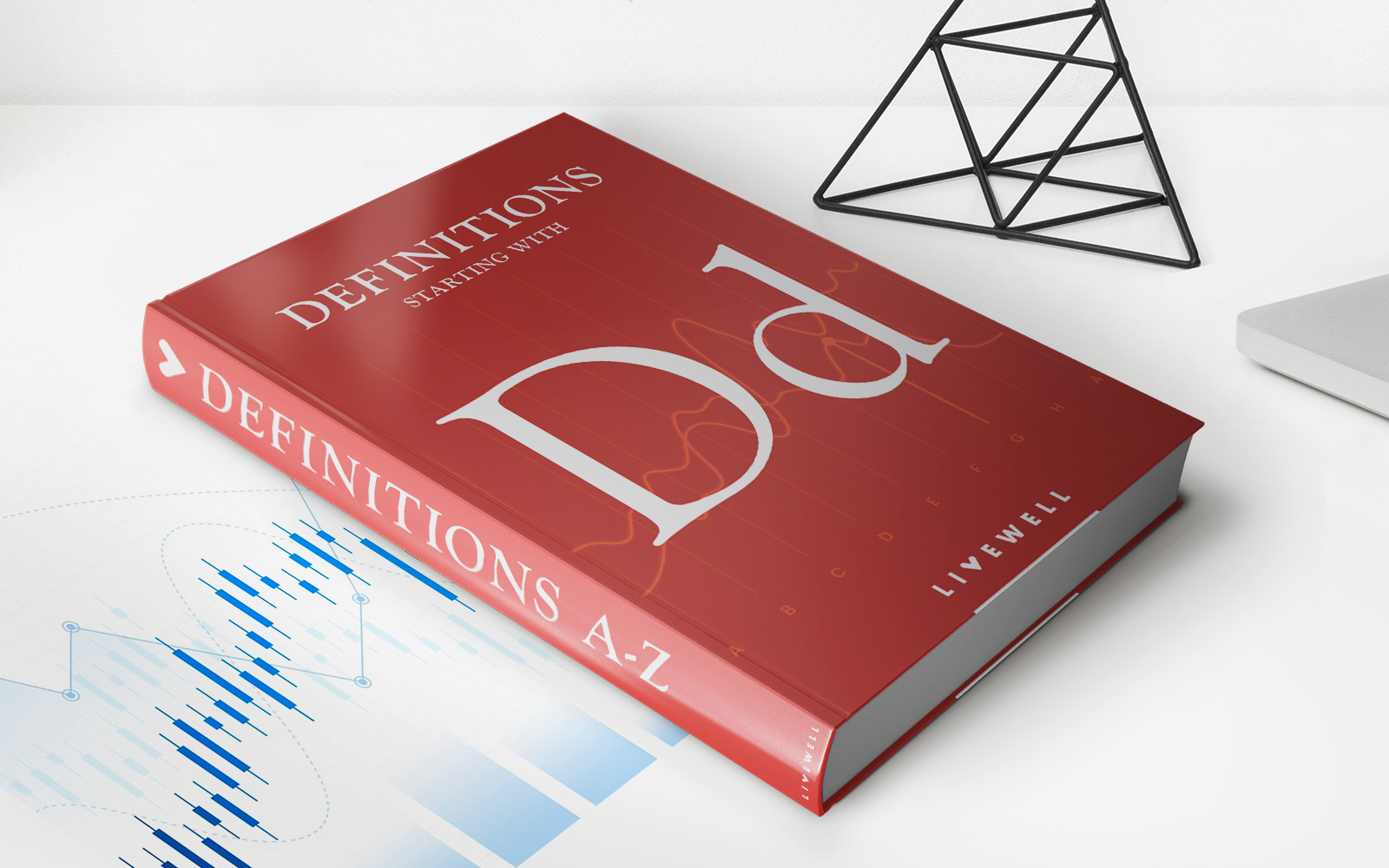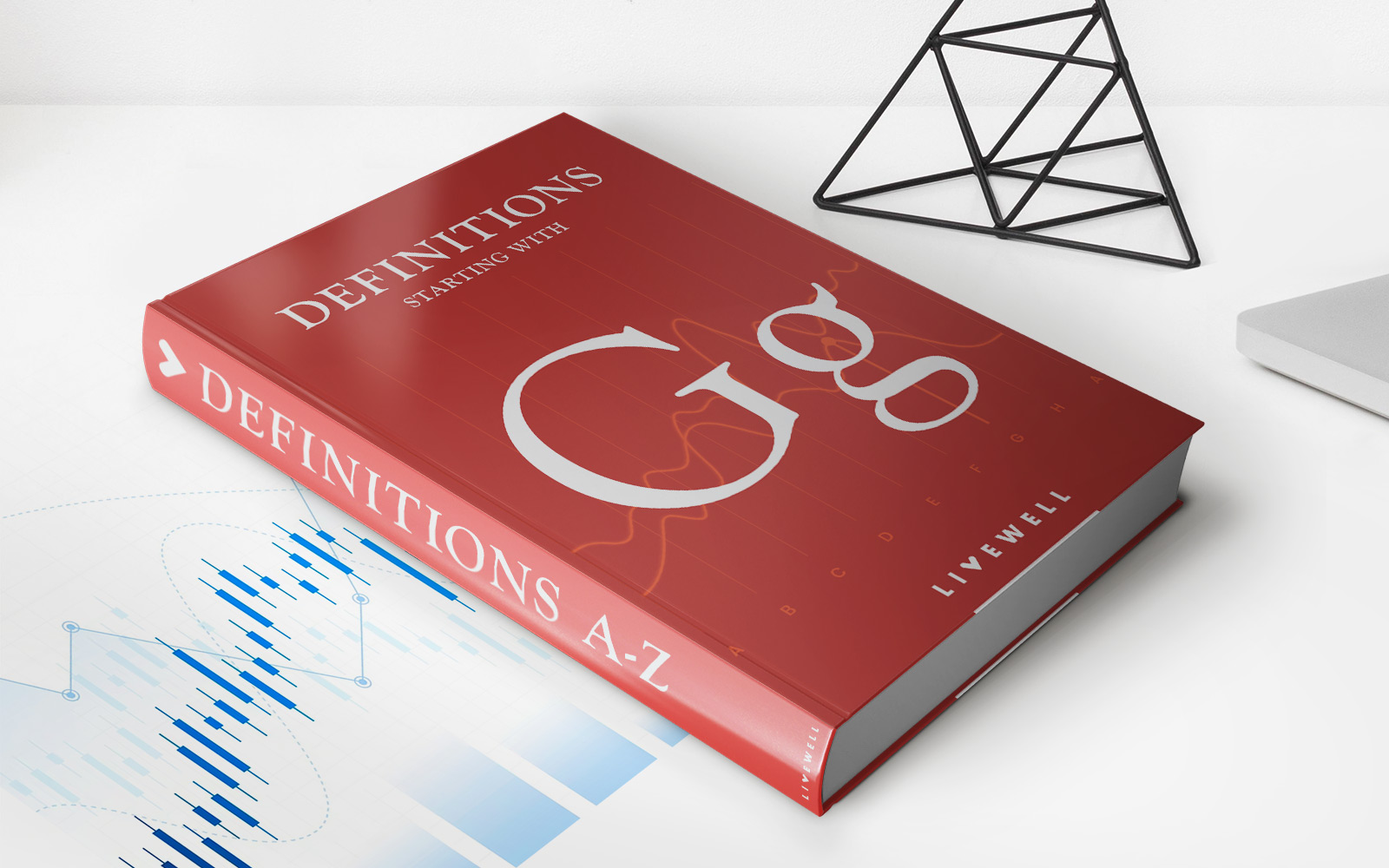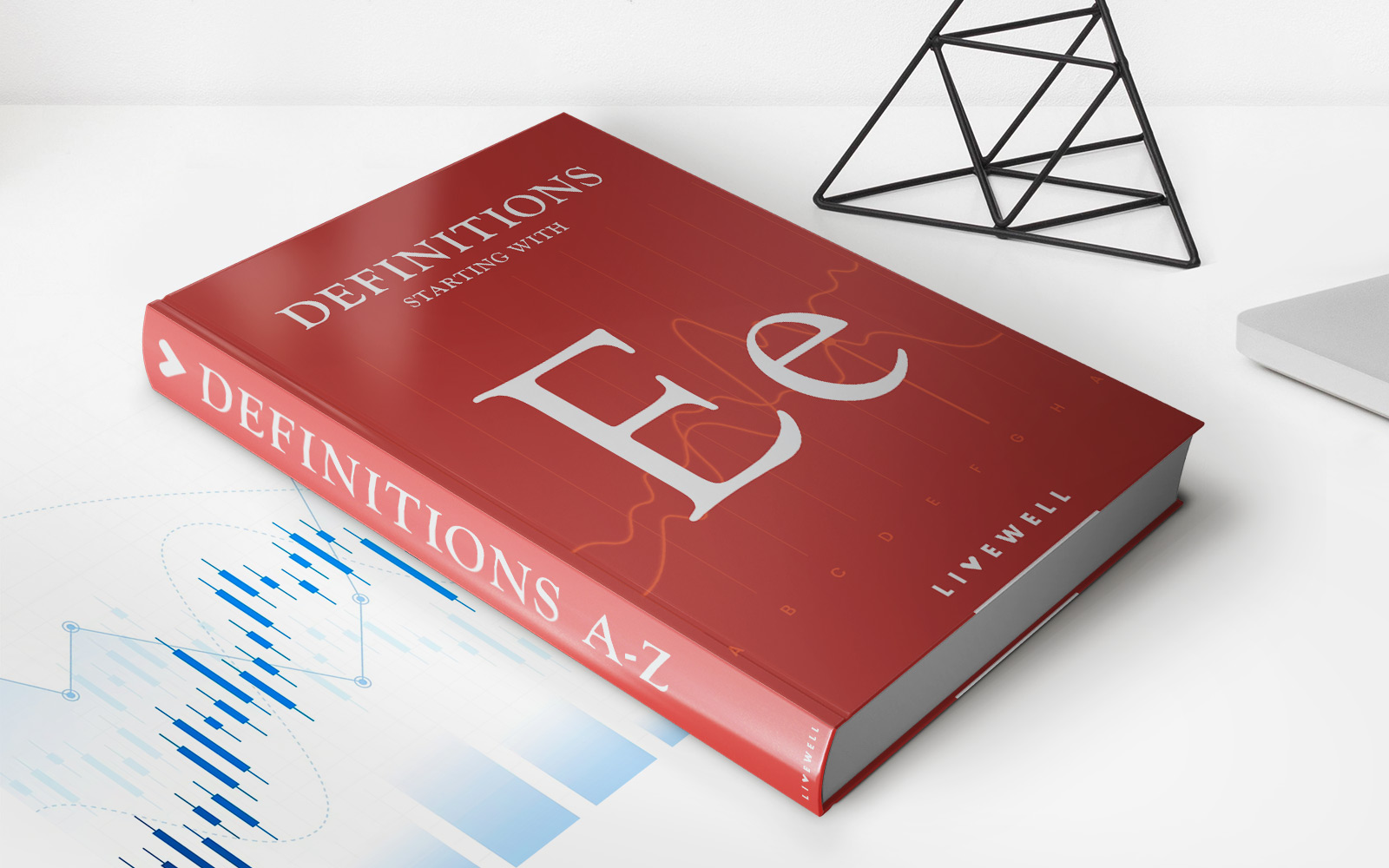Home>Finance>Capitalization Rate: Cap Rate Defined With Formula And Examples
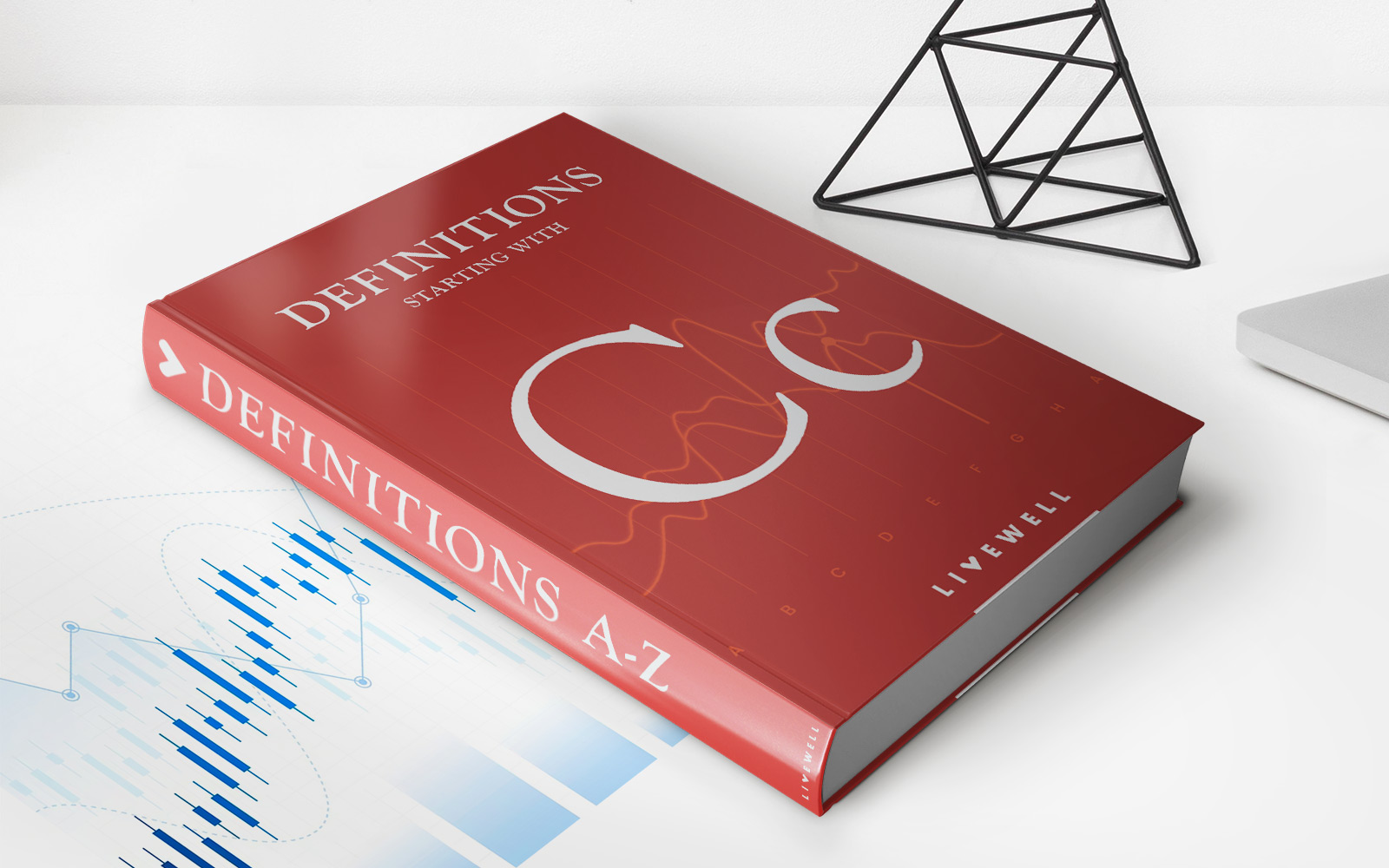

Finance
Capitalization Rate: Cap Rate Defined With Formula And Examples
Published: October 23, 2023
Learn what a capitalization rate (cap rate) is in finance, including the formula and examples. Understand how cap rates are used to evaluate investment opportunities.
(Many of the links in this article redirect to a specific reviewed product. Your purchase of these products through affiliate links helps to generate commission for LiveWell, at no extra cost. Learn more)
Understanding Capitalization Rate: Cap Rate Defined With Formula and Examples
Are you interested in investing in real estate or seeking to evaluate the profitability of a potential property? Understanding the concept of capitalization rate, also known as cap rate, is vital. Cap rate is a fundamental metric used by investors to determine the potential return on their real estate investments. In this article, we will define cap rate, provide you with a formula to calculate it, and offer several examples to illustrate its practical application.
Key Takeaways:
- Cap rate is a measure of the rate of return generated by an investment property, expressed as a percentage.
- The formula for calculating cap rate is: Cap Rate = Net Operating Income / Current Market Value.
What is Capitalization Rate?
At its core, capitalization rate is a metric that expresses the potential return on a real estate investment by comparing the property’s net operating income (NOI) to its current market value. It is essentially a percentage that reflects the annual net income a property is expected to generate based on its purchase price.
The cap rate is widely used by real estate investors to evaluate the profitability of a property and make informed investment decisions. By calculating the cap rate, investors can compare the potential returns of different properties, assess the risk associated with investing in a particular property, and determine whether the investment aligns with their financial goals.
Calculating Capitalization Rate
The formula to calculate cap rate is relatively straightforward. It is calculated by dividing the property’s net operating income (NOI) by its current market value. The resulting cap rate is expressed as a percentage.
Cap Rate = Net Operating Income / Current Market Value
Let’s break down the components of the formula:
- Net Operating Income (NOI): This represents the property’s annual income generated from rent or other sources, minus operating expenses such as maintenance, property management, and property taxes. NOI is a key indicator of a property’s financial performance.
- Current Market Value: This refers to the property’s current worth in the real estate market. It can be determined through appraisals, comparable sales data, or the purchase price of the property.
By plugging in the values of NOI and current market value into the formula, investors can easily calculate the cap rate and use it as a benchmark for evaluating potential investments.
Examples of Capitalization Rate
Let’s look at a few hypothetical examples to better understand how cap rate works in practice:
- Example 1: Property A has an annual net operating income of $50,000 and a current market value of $500,000. Using the cap rate formula, Cap Rate = $50,000 / $500,000 = 0.10 or 10%. This indicates that Property A has a 10% cap rate, meaning it is expected to generate a 10% return on investment annually.
- Example 2: Property B generates a net operating income of $80,000 and has a current market value of $1,200,000. Applying the cap rate formula, Cap Rate = $80,000 / $1,200,000 = 0.0667 or 6.67%. Property B’s cap rate indicates a lower return compared to Property A, suggesting it may be less profitable.
These examples demonstrate how cap rate can vary across different properties and help investors identify which opportunities align with their investment objectives and risk tolerance.
In Conclusion
Understanding capitalization rate is essential for both seasoned and novice real estate investors. By knowing how to calculate cap rate and interpret its value, investors can make more informed decisions about their real estate investments and assess the potential returns they can expect. Remember, cap rate is just one tool among many that real estate investors use, but it is a crucial metric when evaluating the profitability and risk associated with a property. With this knowledge, you are now equipped to analyze and compare different investment properties based on their cap rates.

